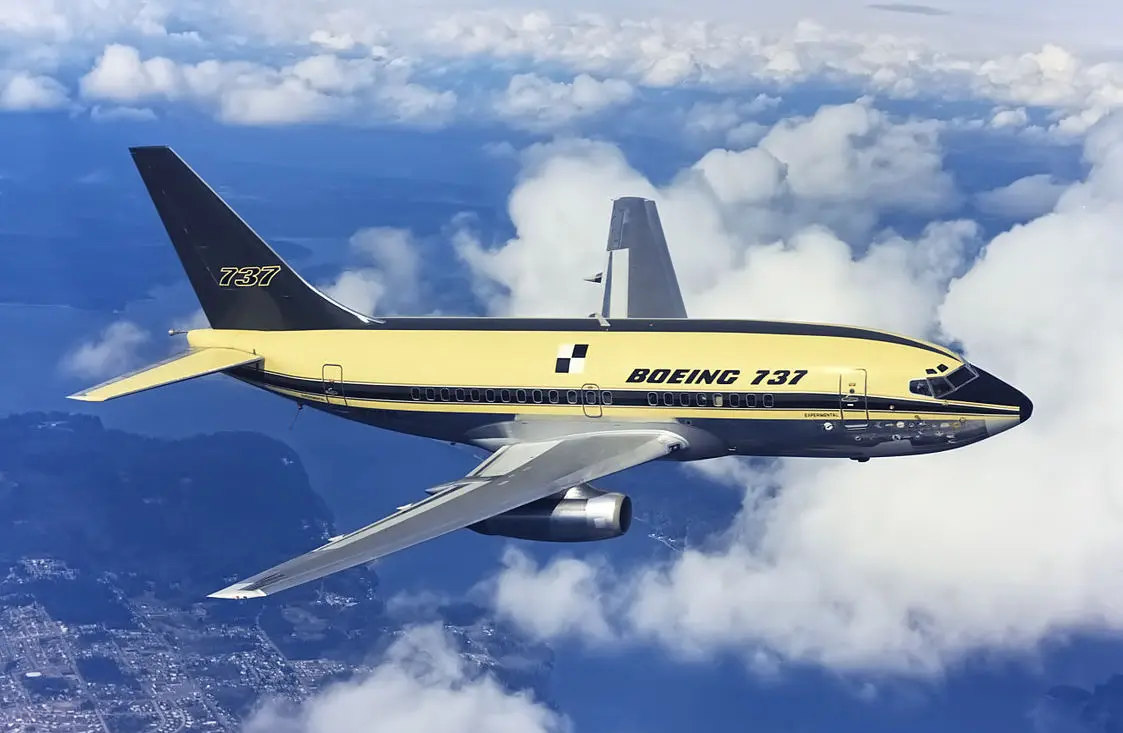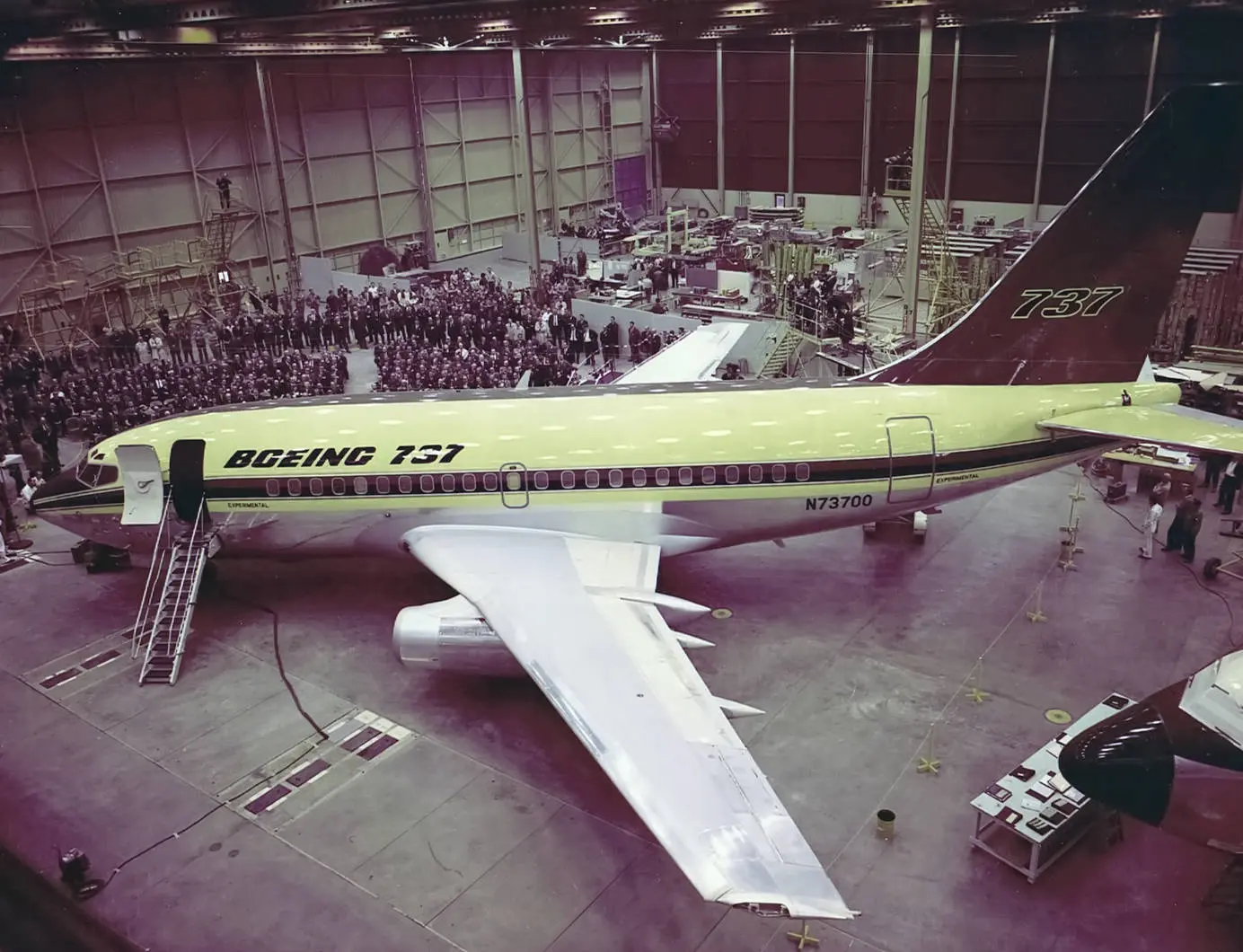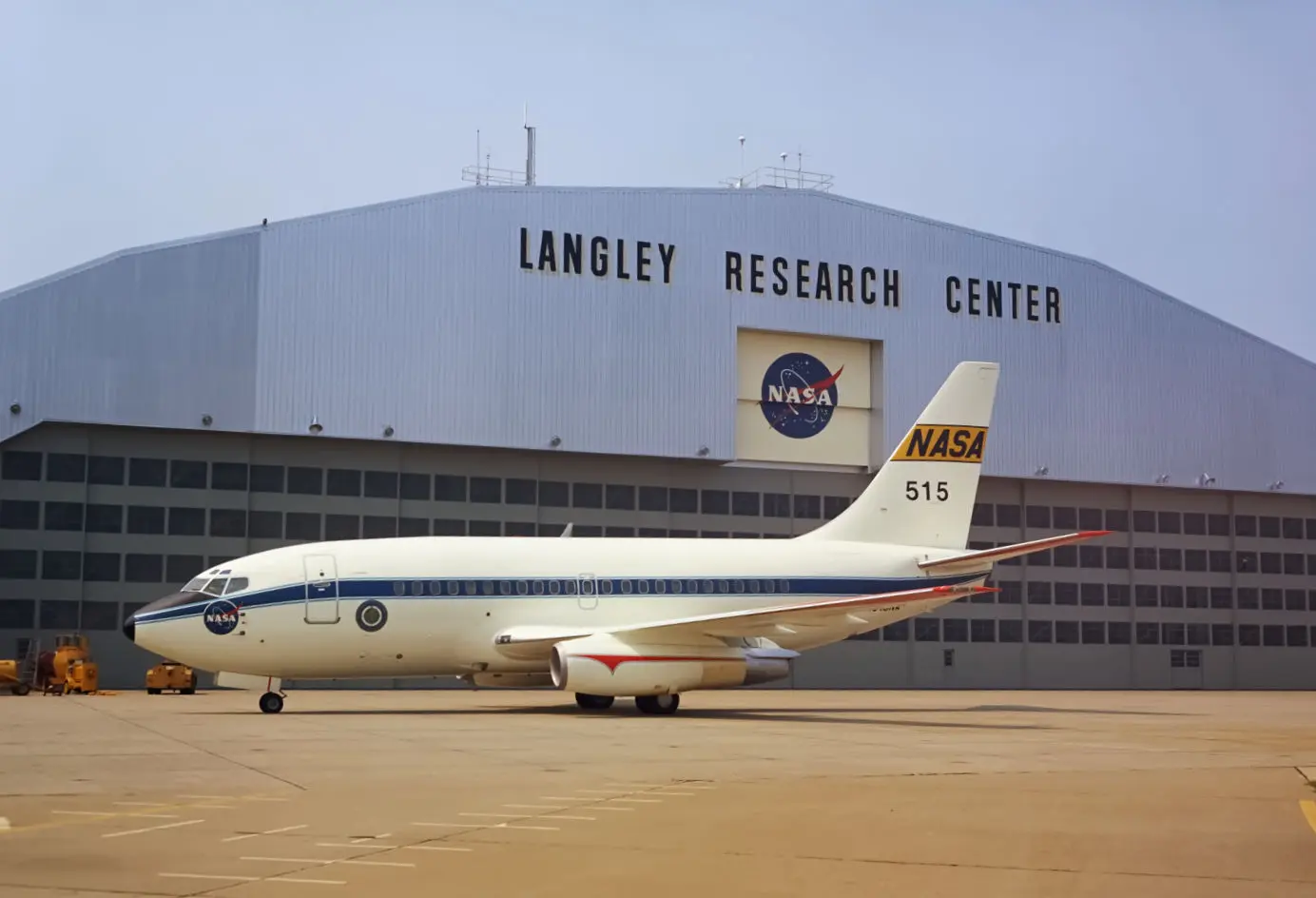
The Boeing 737's First Flight
The Boeing 737 is one of the most popular aircraft in history, so when was its first flight? Find out here.
Table of Contents
Back in the 1960s, passenger air transport was on the rise. More and more people were starting to get into the idea of traveling shorter distances in aircraft. The problem for Boeing was that they didn't really have an aircraft that was ideal for shorter distances. They had long-haul and medium-haul aircraft, but nothing for a flight of no more than a couple of hundred miles. So it was off to the drawing board.
Turns out that Boeing wasn't too long at the drawing board. In May 1964, they began the design of the Boeing 737. They weren't trying to reinvent the wheel here. They just wanted something that airlines would snap up. They wanted something that could be cost-viable over shorter distances. So, the Boeing 737 used many parts from the other Boeing family aircraft (especially the engines), but everything was made a bit zippier. Smaller. Great for staying cost-effective.
By April 1967, Boeing was ready to send their new Boeing 737 prototype up into the sky. Short-haul aircraft changed forever since. Even then, we doubt that Boeing realized that this was an aircraft that would go on to be one of the most popular aircraft ever flown. But we will get to that.
The Unveiling Of The Boeing 737
In January 1967, the very first Boeing 737s had already been ordered by airlines. Not as many as Boeing would eventually go on to sell (only about 30 of the Boeing 737-100 were ever ordered), but the airlines knew that Boeing made great aircraft, so they were willing to stump up some cash for something that they had never seen before. They didn't even know whether Boeing would accomplish building a short-haul aircraft.
By January 1967, Boeing was ready to reveal the Boeing 737 prototype. The press gathered. The airlines gathered. The veil dropped off the Boeing 737 and everybody saw it for the first time.

However, this was January 1967. The aircraft looked great. It was shiny. It is what everybody wanted. But it had yet to fly. Aircraft development takes a lot of time. Perhaps far less time back in the 1960s, but it was still a giant heap of flying metal and a couple of refinements needed to take place. That brings us to April 1967.
The Maiden Flight
It's April 9th, 1967. The first prototype of the Boeing 737-100 is ready to fly. It is given the tail number N73700. Brien Wygle and Lew Wallick are in the cockpit. There are no other passengers (for safety reasons, of course).
The flight is planned to head from Boeing Field to Paine Field. It is a flight that should take about 2.5 hours. So, what happened?
Well, the flight was initially delayed for a couple of hours. That is normal as Boeing was developing a new commercial aircraft. They always get delayed. There was a faulty relay on the aircraft. Nothing too terrible.
Once the problems were fixed, the flight was ready to go, and it did. It had a completely uneventful flight between the two destinations. No issues with the machinery. It just flew.
About the only thing to note from the maiden flight of the Boeing 737 is that the pilots claimed that it was one of the best aircraft they had ever flown. They didn't want to land it. It was that brilliant.
Once it landed, Boeing was happy and continued preparing for the market launch. Over the next year, the Boeing 737-100 would have over 1,500 hours of successful test flights, and it would eventually receive certification. This meant that, finally, it could be shipped off to the 17 airlines that had ordered it. The history of short-haul flying had been changed forever.
There was an issue during one of the early flights, although this information now seems to have been lost to history. The Boeing 737 was almost lost when it entered an unexpected spin during stall testing. As we said, there isn't a huge amount of information out there about this, and the information only comes from those that claim to have witnessed some of the early testings. We cannot vouch for its accuracy, although we can't imagine why somebody would lie about it either.
So, what happened to that first prototype? Well, NASA bought it from Boeing in 1973. They ended up flying it until around 2003 and used it for weather research. This specific aircraft is the only 737-100 remaining in the world and is on display at the Museum of Flight in Seattle.

The First Commercial Flight
Because the first prototype flight was so uneventful, we may as well give you a bonus and talk about the first commercial flight the aircraft made which, as you can imagine, was equally uneventful.
Lufthansa was the first to receive its aircraft (United Airlines received the first 737-200) and that was that. The plane had entered commercial operation without problems. The Boeing 737 had proved itself, and it wasn't long before airlines around the world wanted to get a piece of the action. It is something that continues to this day, with the Boeing 737 still kicking around, albeit in a slightly more refined MAX version.
Final Thoughts
So, there you have it. Information about the first flight for the Boeing 737. Not the most interesting flight in the world. We are sure that early testing for most other aircraft was much more eventful. This testing stands out for the fact that it paved the way for an incredibly successful aircraft, and the pilots knew right away just how successful it would end up becoming.
Also read:
Planenerd Newsletter
Join the newsletter to receive the latest updates in your inbox.






